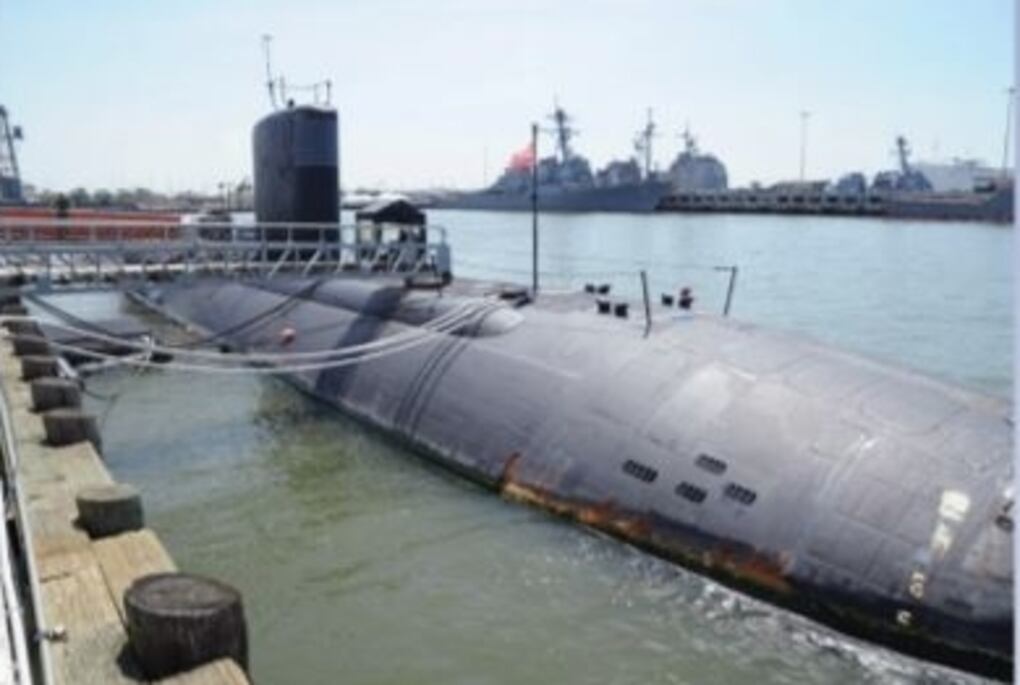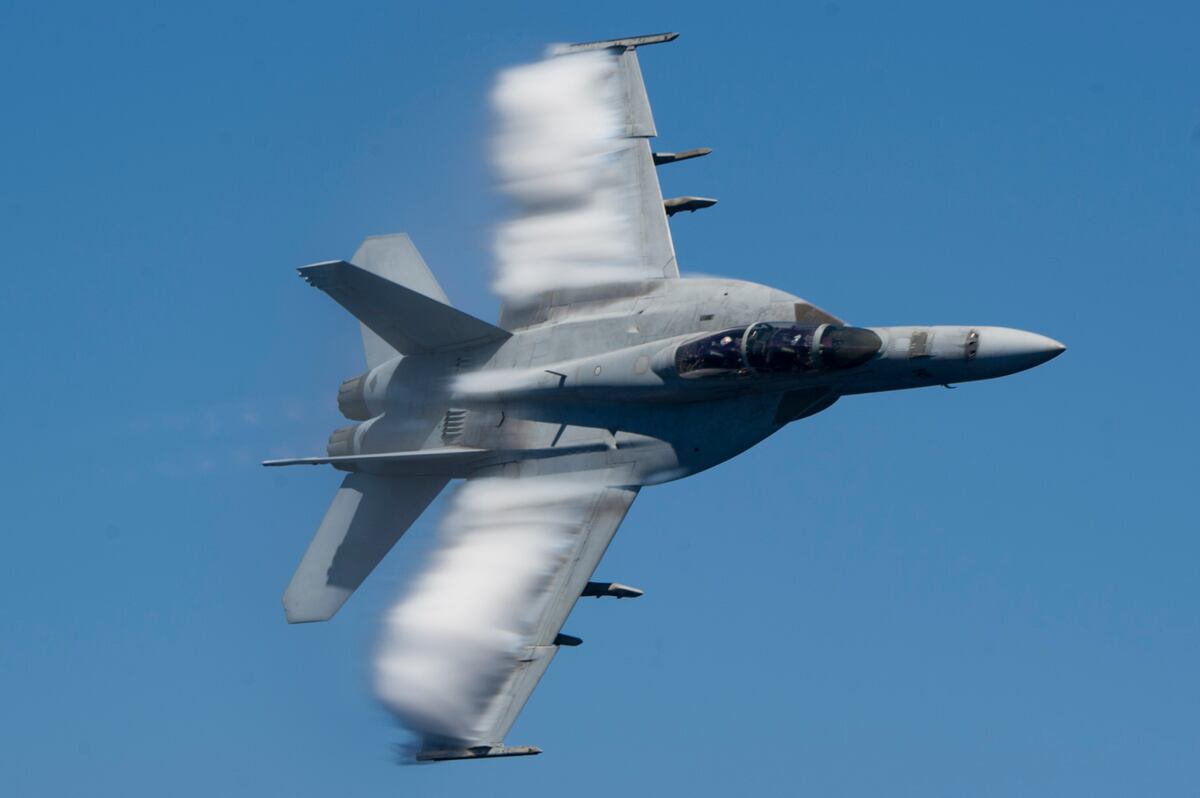A government watchdog report released this week is the latest to sound warnings about the dire state of the Navy’s aviation maintenance facilities and public shipyards.
The Government Accountability Office probe looked at 21 depots across the military and found the condition of most of the facilities to be “poor and the age of equipment is generally past its useful life.”
GAO graded the condition of 12 of the 21 military depots as “poor.” Fifteen featured equipment that had exceeded its expected service life.
GAO investigators scrutinized four Naval Shipyards and three Navy Fleet Readiness Centers: Norfolk Naval Shipyard in Portsmouth, Virginia; Pearl Harbor Naval Shipyard in Honolulu; Portsmouth Naval Shipyard in Kittery, Maine; Puget Sound Naval Shipyard in Bremerton, Washington; Fleet Readiness Center East in Cherry Point, North Carolina; Fleet Readiness Center Southeast in Jacksonville, Florida; and Fleet Readiness Center Southwest near San Diego.
More than a third of Navy air maintenance depots are from the World War II era, built and designed for a very different world, according to the GAO.
“Older facilities can face additional challenges, such as electrical systems built for different weapon systems, historical preservation requirements, and suboptimal layouts,” the report states.
“It can be difficult for a depot to maintain complex, modern systems, such as the F/A-18, with facilities that were designed for less complex systems.”
RELATED

GAO investigators pointed a spotlight at California’s Fleet Readiness Center Southwest, where facilities were rated “poor," scheduled performance had fallen over the past 11 years and equipment, on average, was obtained nearly 27 years ago.
There, "an aging hangar loses power if maintainers attempt work on more than one Super Hornet aircraft at a time because the facility’s electrical system, initially built in the 1930s, was not designed to support this aircraft,” the report states.
At Norfolk Naval Shipyard, “officials had to re-inspect 10 years’ of parts made in a single furnace, after it was discovered that the controls on the furnace were reading incorrectly,” investigators wrote.
Overall, Norfolk’s facilities earned a “poor” grade. On average, officials procured the depot’s equipment more than 29 years ago, 15 years past its service life.
GAO also determined that the services lack data regarding how these facilities and equipment issues might trigger maintenance delays, “hindering DOD’s ability to effectively target investment to the highest priorities.”
The Navy and other branches have used various strategies to keep aging depots operating. Officials have modernized facilities when they were able to do so and some erected workarounds when they couldn’t. Others continued to use inadequate facilities, GAO found.
Investigators warned that stopgap measures or relying on poor facilities and worn equipment caused cascading effects.
“Over time, this patchwork of old, modernized, and workaround solutions for new weapons systems can result in subpotimized workflow that adds time and cost to the maintenance process, which can ultimately affect readiness,” investigators wrote.
RELATED

GAO reported in November that depot maintenance delays carry high costs for the Navy.
The sea service spent more than $1.5 billion from Fiscal Years 2008 to 2018 to crew, maintain and support fast-attack submarines that sat idle while waiting to enter shipyards and undergo maintenance, the watchdog reported.
On-time aircraft maintenance at three Navy aviation depots dropped from about 56 percent in FY 2007 to 31 percent in FY 2017, although Naval Air Forces officials say they are in the process of improving throughput on jets.
Last year, the Navy launched a $21 billion effort over two decades to fix its four public shipyards.
In their written response to the GAO findings, Pentagon officials noted that each branch also continues to develop their own depot optimization plans.
Geoff is the managing editor of Military Times, but he still loves writing stories. He covered Iraq and Afghanistan extensively and was a reporter at the Chicago Tribune. He welcomes any and all kinds of tips at geoffz@militarytimes.com.




